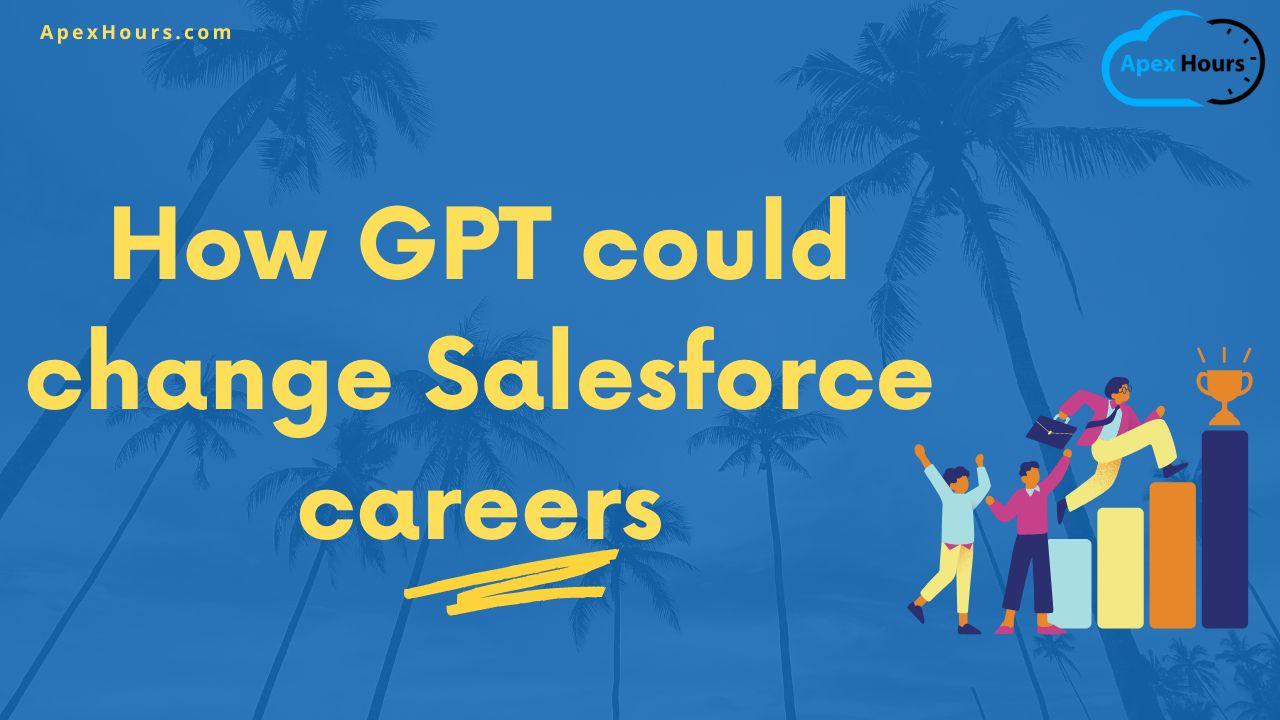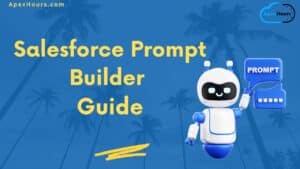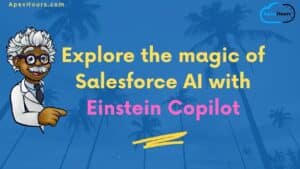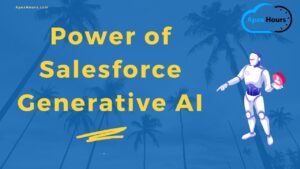GPT changes how you manage Salesforce and the skills you need. We will also learn about how GPT could change Salesforce careers.
GPT changes Salesforce orgs
SalesforceGPT efforts are being focused on how you can use use GPT to deliver better outcomes from your customer data. How to write better sales emails. How to respond to service enquiries. Create more engaging marketing campaigns. Salesforce has announced a slew of GPT capabilities; SalesGPT, ServiceGPT, MarketingGPT, Tableau GPT. There are also ISVs offering GPT enabled apps.
To do this you need to be confident in the source data that is being used and the governance of that data. But GPT can also change the way that your organization is able to operate, making it more agile and responsive. This will drive some changes to your org and increase the frequency of changes as more GPT capabilities emerge.
GPT is also changing the speed that you can change Salesforce by providing capabilities to map processes, create user stories, recommend solutions, develop code and develop XML for declarative changes. Some of these capabilities are provided by Salesforce; Prompt Studio, FlowGPT and ApexGPT, but this is where the ISVs are leading the charge, such as ElementsGPT in the Change Intelligence Platform space and Metazoa and Copado in DevOps.
Learn more about ChatGPT for Salesforce.
Same role, new skills
Whilst there was talk of a new role of Prompt Engineer is is clear that this is a skillset that everyone needs to have. So instead of GPT-specific roles, there are an additional set of skills that different roles across the ecosystem will need to master. and these are far broader than GPT skills. That is because GPT is an enabling technology, rather than a narrow feature set. Think of GPT like “the internet”. When the internet launched it was simply messaging, then it was websites – brochures o the web” – and now it powers every part of our lives. If is laughable to think about “learning the internet”, although I am sure there were “Internet for Dummies” books in the early days.
So I want to think about the skillsets we all need to master if we are involved in the maintenance of Salesforce. Think of all of these as skill sets, even though there are roles that have the title.
E.g. We all need some architecture skills, rather than just the architect. We need at least an appreciation of the architectural principles and have the ability to read the documentation.
Architecture
Salesforce is now a strategic enterprise application. It is a critical part of the overall IT landscape. Any changes can impact other systems as data flows in and out of it. GPT enabled apps across the IT estate will be using that data to make decisions.
You can no longer make changes without considering the larger picture. So we need to understand the implications as our actions could trigger a huge problem downstream. This requires an understanding of architecture, and how to document it. Salesforce has developed some documentation standards called Salesforce Diagrams, and the Well Architected resources.
What is Salesforce Architect and role & responsibility.
Business analysis
There was already a trend where business analysis was becoming more important. ThIs was driven by the increasingly strategic nature of Salesforce. No longer is it a siloed app where tactical changes can be made at the request of the end users. It is a core platform, tightly connected to other enterprise systems. Changes need to be planned and thought of in the context of a roadmap. This requires strong business analysis skills to uncover and validate the request for changes.
Some of the business analysis outputs can now be created automatically by GPT, saving hours of effort. ElementsGPT can write user stories with acceptance criteria test scripts from business processes. It can then recommend solutions. So business analysis has gone from important to critical. But it must be really rigorous analysis. Garbage in = garbage out. The fuel for AI is business analysis documentation.
This means the ability to work with users and map out their business processes using the Salesforce UPN (Universal Process Notation) format. It also means that changes need to be documented in a way that AI can read it, in the MDD (Metadata Description Definition) format. And whilst User Stories can be created for you, you still need to be able to validate and update them where needed. ElementGPT cannot yet assess the risk of changes to give a User Story a risk profile. This is being worked on – give it 3 months. This risk assessment helps you decide how to allocate user stories to releases in your roadmap.
how to become a salesforce business analyst?
Data governance
Data is the fuel for AI. Without good data that the business can be confident in, the power of GPT is lost. Or worse, it is making bad decisions for you – faster. Data governance means understanding the underlying data model, being able to track the sources of data, using tools to clean the data, and then putting in place the data governance practices to keep that data clean.
Being able to draw an ERD is a core skill. Data is flowing into the core Salesforce platform. This could be users entering into a screen, an import routine, automation or an external integration. The data couLD be manipulated by automation or Apex code. And then it flows into Data Cloud where is is harmonized with other sources of data. You need to be able to do that data flow analysis using apps like Elements.cloud.
Once understand your data architecture you can establish data governance practices. You need to master data import and data cleansing tools like Validity and how they support your data governance.
Documentation
No one wants to document what has been changed. The argument is there is no time. We have always know that was a false economy. The impact of the risk for subsequent changes takes longer or the analysis cannot be done to the level of detail that is necessary. So changes are made that break the org.
In a survey of 1200 org issues, a lack of documentation was the #3 root cause of the problems, just behind business analysis and architecture..
But now AI is reading the documentation to drive dramatic increases in productivity. For example, writing user stories and developing a solution could take 8 hours. This is delivered in 5 minutes with ElementsGPT. And the results were better than the team has come up with on their own. But GPT needs standards to make it effective.
This documentation is one of the deliverables from business analysis. So the documentation standards that need to be mastered are UPN, MDD, and Salesforce Diagrams, and User Stories.
Not a future state
Exciting, right? Well, this future is not just a dream. It’s already here and is being used by customers and partners in production orgs. Here is a short demo of ElementsGPT, the Change Intelligence Platform powered by AI. Whilst this is in a closed pilot it will be GA before Dreamforce23. Brace yourself, because this 3:30 video might be the most exciting or scariest thing you’ll see this week.
So, what did you just witness and how did it happen?
Elements is a Change Intelligence Platform that combines automatically generated and manually created change documentation. This content is essential during the idea, analysis, and design phases of the change process. It seamlessly integrates with ticketing and DevOps tools for the build phase and supports testing. After release, it also provides in-app help for training and measures adoption.
Elements’ content includes feedback, requirements, brainstorming, process maps, architecture diagrams, ERDs (Entity-Relationship Diagrams), organizational and application metadata dictionaries with impact and dependency analysis, and user stories grouped by release.
Summary
I hope you understand How GPT could change Salesforce careers. Learn more about Implications of ChatGPT to Salesforce developers.





